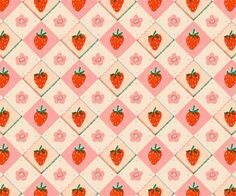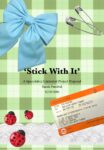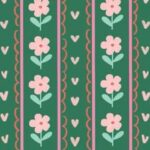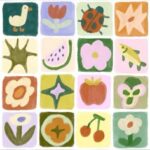Written on 19th March 2025:
Your blog has a strong progression through contemporary curatorial field characterised by weekly lectures and seminars. This enables theories of public participation and community engagement, supporting your theme of an anthropological and environmental study of Leith and its relative ecologies. Collective activities are clear, guiding your thinking and supporting the work of the wider postgraduate cohort.
Your Week 6 reflections are key, providing valuable connections between curatorial practice and your proposed ideas of creating an interactive exhibition with commissioned data-based scientific artwork. The blog would benefit from having this type of reflection more often, so that there is justification for your numerous proposed ideas which seem currently disjointed from the project itself i.e. the Art Installation Section, the painting and photography section, residencies, videos. How do these engage with the community of Leith? If you choose film, have a look at the presentation of Deviant by Emily Beaney at Talbot Rice which links the sea to a community conversation. With film having a separate display discourse, I think you should evaluate if it’s necessary, especially if you are putting funding into commissioning a new piece. Researching beyond what is presented in lectures would support you in making these decisions like answering your questions regarding the use of replicas discussed in James Clegg’s lecture. This research should extend into other artworks that engage with community and accessibility, letting you relate these themes more consistently into your project.
Regarding your discussion of the Hunterian I would be wary of imposing a strict curatorial narrative that presents pre-determined answers to the questions your exhibition is proposing. As Adam Benmakhlouf said in Week 9’s lecture, we should aim to avoid a ‘top down’ curation and instead, especially with the emphasis on community engagement, think about how people can respond instead of what their response should be. For this I recommend Mirjami Schuppert’s text Learning to Say No, The Ethics of Artist-Curator Relationships which would be a great start for you thinking about the act of commissioning.
Begin to incorporate your personal opinions on your research and have this guide you as you start to link the project together. There is a tendency to overlook the context of your ideas, leaving lots to assumed external curatorial knowledge. We would benefit from seeing where and who your decisions are coming from – for example I am unsure of who ‘Simon’ from Week 8(1) is. When combined with a lack of links or references, this makes some of your curatorial choices seem disconnected. Going through and including the Porty Art Walk and the Botanical Gardens Viewing in a more reflective tone instead of a report of what happened would justify later decisions of your project better. Using the correct terminology such as the ‘White Cube’ and giving artists’ names fully would again help, alongside beginning to use diagrams of the space as discussed in your presentation feedback which would influence your proposed use of film. Your ideas are great and these communication devices will support their development.
500 words
Here are the links to the artworks and articles I think might be helpful:
Emily Beaney’s Deviant (2021)
https://www.emilybeaney.com/deviant
https://www.trg.ed.ac.uk/exhibition/trading-zone-2025
How the curator chooses commissions:
Schuppert, M. (2021) Learning to say no, the ethics of artist-curator relationships. Philosophies (Basel). [Online] 6 (1), 16-. https://discovered.ed.ac.uk/permalink/44UOE_INST/1viuo5v/cdi_webofscience_primary_000635670800001
The role of the curator with narratives: https://www.learn.ed.ac.uk/ultra/courses/_117082_1/outline/edit/document/_10845045_1?courseId=_117082_1&view=content&state=view







